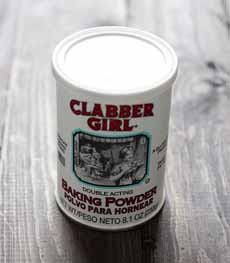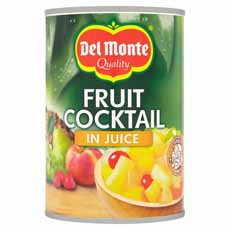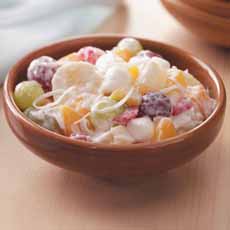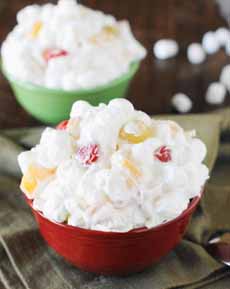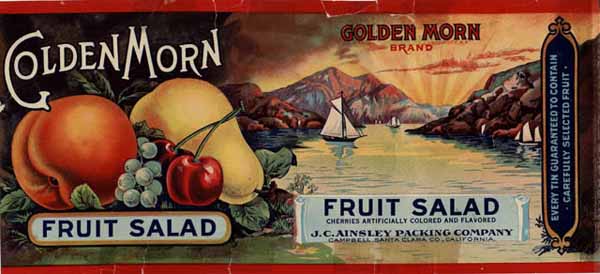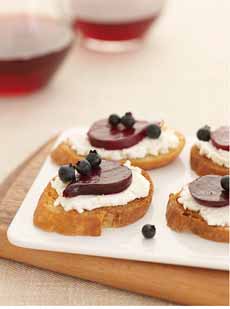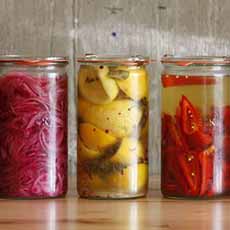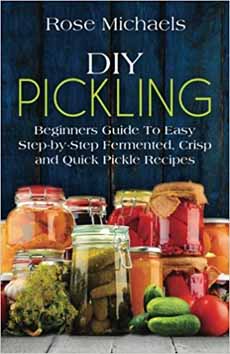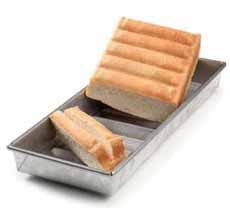| May 14th is National Buttermilk Biscuit Day. Head to your grocer’s refrigerator section to buy a tube, or make buttermilk biscuits from scratch.
Either way, these high-rising biscuits, along with tall layer cakes and fluffy pancakes, owe their height to baking powder. When first patented in 1856, it was a revolutionary product.
Baking powder is a dry chemical leavening agent, a mixture of an alkaline sodium (e.g. bicarbonate) and a weak acid salt (e.g. cream of tartar).
When combined with a liquid, the acid-base reaction releases carbon dioxide into the batter or dough, which increases the volume and lightens the texture. This is the definition of a leavener: a substance that creates this chemical reaction.
It was so important to cooking, that a vicious battle for brand domination in America arose in the latter half of the 19th century. Read about it in Baking Powder Wars: The Cutthroat Food Fight that Revolutionized Cooking.
BEFORE THE INVENTION OF BAKING POWDER
According to a review of the book in Extra Crispy, which begins its story in 1700s colonial America, the mark of a woman’s cooking skill was the quality of her bread. Was it soft or leaden?
Bread was a large component in Colonial meals. A woman who couldn’t bake a good loaf was not a good woman, wife or mother.
Yet, housewives had only wild yeast for leavening—an ingredient used since the dawn of baking.
However, it required that the wild yeast fly through the window and settle on the dough. Commercial yeast from the Fleischmann Brothers would not be sold until 1868 (the history of yeast).
Desperate housewives experimented with other household options.
Smelling salts were hard to dissolve.
Ammonia raised the bread, but made the food smell like…ammonia. And so forth, with no success.
One day in the late 1700s, some Native Americans shared the technique of leavening bread using pearl ash or pearlash, potash, carbonate of potash, salts of tartar and soda ash. These are the chemical compound potassium carbonate.
Scoop out the ashes from the fireplace (or use other burned plant material), soak them in water and you get a dilute form of lye. This mixture was used to make soap and gunpowder.
It turned out to be the best-so-far leavener for baking.
BUT WE’RE EATING LYE?
Some readers will recognize potassium carbonate as the base ingredient of lye. For those wondering about how people can eat lye:
It works in dilute forms (low concentrations) and is used to make other food products. Olives are traditionally brined in lye water. Pretzels get a lye bath, as do hominy, ramen and nixtimalized corn/masa that is used to make tortillas. The Scandinavian specialty, lutefisk, is soaked in water and lye. O.K.
However, pearl ash wasn’t perfect. It didn’t dissolve that easily, and wasn’t good for batters that contained ample fat (butter or oil).
There, it generated a soapy taste, which was no surprise since soap was then a combination of lye solution and fat. So the search continued.
THE BIRTH OF BAKING POWDER
Let’s start with baking soda, the chemical compound sodium bicarbonate.
We know that as far back as 3500 B.C.E., the ancient Egyptians used a form of it (natron, primarily comprised of sodium carbonate) as a soap-like cleaning agent and in the mummification process.
Sodium bicarbonate expanded in use: to brush teeth, to wash laundry, as an antacid and more. More recently, it has been turned into a deodorant for self, and fridge and cat litter.
It’s also a main ingredient in fire extinguishers, which is why consumers are told to dump baking soda on grease fires.
In 1843, baking soda crossed over to food.
|


